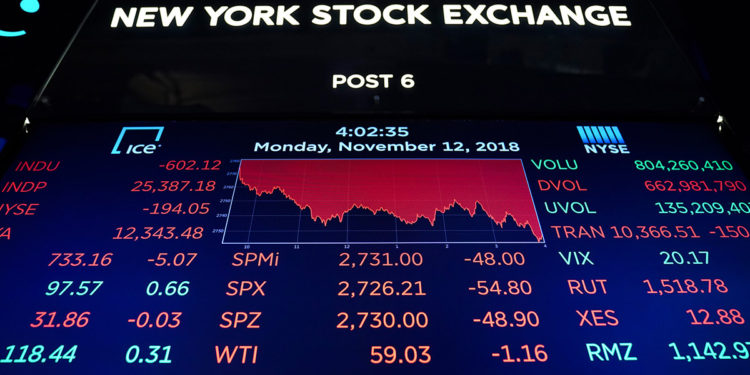Since the beginning of the year, business news has been riddled with stories about historic market volatility, decades-high inflation rates, and an increasingly hawkish Federal Reserve.
Meanwhile, it’s earnings season. And corporate America has been announcing a mix of good and bad news with its quarterly financial results.
Amid this backdrop, a bullish story has been emerging: Expectations for earnings growth are being revised up.
“Since the beginning of the earnings season, 4Q21 EPS has been revised up 4.3% to $53.48 (+26% y/y) and 2022 EPS has been revised up 0.6% at $224.90 (+8% y/y),” JPMorgan’s Dubravko Lakos-Bujas wrote on Thursday. “Looking to the following year, 2023 EPS has been revised up 0.7% since the beginning of the earnings season to $247.54 (+10% y/y).”
This may be a surprising development considering labor shortages, supply chain woes, and other pandemic-related disruptions have led to higher costs, which have been on display in the eye-popping producer and consumer price index reports.

However, corporations have been able to offset these rising costs through operating efficiencies, operating leverage, and price hikes. It’s why profit margins have been high, and it’s why analysts expect profit margins to remain high in the quarters to come.
It’s definitely the case that consumers and businesses aren’t thrilled to be having to pay up for their goods and services. But for now, they have the capacity to pay.
Just this week, Coca-Cola (KO), PepsiCo (PEP), and Chipotle (CMG) were among companies that said consumers were paying for recently implemented price increases.
The good news is all of this inflation may soon cool off with the Federal Reserve signaling its willingness to take aggressive action to contain inflation. Indeed, BofA strategist Savita Subramanian wrote on Monday that the Fed’s efforts to fight inflation represented a “net positive” for corporate earnings.
There’s no question that the economy is confronting a lot of crosscurrents. But even amid the uncertainty, there is a lot of evidence that shows prospects are more bullish than bearish.


